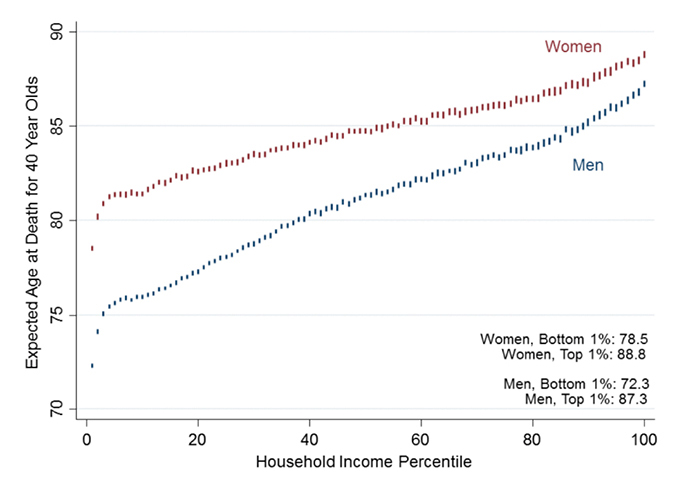It looks like you're new here. If you want to get involved, click one of these buttons!




ICLNpassively managed to invest in a wide array of global renewable energy companies, including those involved in conservation, improving energy efficiency and advancing renewable energy. The index may invest in large cap firms and those that derives at least 10% of its market value from clean energy activities, but has bias on pure-play, small- and midcap companies. Importantly, PBD’s portfolio companies are selected based on the index provider’s opinion of their “potential for capital appreciation.” In that sense, PBD is more akin to an actively managed strategy than other funds in the segment. The index is rebalanced and reconstituted quarterly. For diversification, the fund caps its largest holdings at 5% and is required to invest half its assets internationally.
Both are down this year. But that's a feature for me. Ten year returns seem reasonable compared to traditional utilities. There isn't much overlap in their top ten holdings anyway. They weight sectors differently. Neither has much exposure to China. Another feature as far as I am concerned.ICLN invests in global clean energy companies, which is defined as those involved in the biofuels, ethanol, geothermal, hydroelectric, solar, and wind industries. Aside from holding companies that produce energy through these means, ICLN also includes companies that develop technology and equipment used in the process. Selected by the index committee, the fund is weighted by market-cap and exposure score — subject to several constraints — and reconstituted semi-annually. Prior to April 19, 2021, the index followed a more narrow methodology.
GRID is on the MFOpremium Honor Roll. Lipper/Refinitiv lists it as global infrastructure.GRID is concentrated fund targeting global equities determined to be in the smart grid and electrical energy infrastructure sector as determined by Clean Edge. The fund includes companies that are either Pure Play — more than 50% revenues or Diversified — less than 50% revenues are derived from the smart grid and electrical energy infrastructure sector. The sector may include business in electric grid, electric meters and devices, networks, energy storage and management, and enabling software. GRID also screens for minimum liquidity and market cap. To enhance exposure to the smart grid market, the index provider uses a tiered weighting scheme. Securities are initially market cap weighted. Then a collective weight of 80% for Pure Play and 20% for Diversified are allocated. The Index is reconstituted semi-annually and rebalanced quarter.
PIOThe fund starts with all eligible securities from the S&P Global BMI Index that are classified in either water equipment & materials or water utilities & infrastructure cluster. To identify industry relevance, each company from both clusters will be assigned an exposure score based on its business description and most recent reported revenue. The 25 largest companies with an exposure score of 1 from each cluster will be selected for inclusion. However, if fewer than 25 companies have an exposure score of 1, the fund will select the largest companies with a 0.5 exposure score until the portfolio contains a total of 25 constituents for each cluster. Stocks are weighted by market-cap within each bucket and are constrained, such that securities with an exposure score of 1 are capped at 10% and those with 0.5 exposure score are capped at 5%. Index rebalancing occurs semi-annually.
FIWThe fund's (ironically appropriate) liquidity-weighting scheme produces a concentrated portfolio that only loosely resembles our market-cap-weighted benchmark. PIO is dominated by large- to midcap firms that create products that conserve and purify water for homes, businesses, and industries. Also, only companies participating in the “Green Economy” as determined by SustainableBusiness.com LLC are eligible for inclusion. The index currently limits weighting in both the country and issuer level, to ensure diversification between constituents. Lastly, it is important to note that the fund uses a “full replication” method to track the underlying index. Rebalancing is done quarterly while reconstitution is done annually.
Still not too much overlap for me.FIW holds 36 of the largest US-listed water companies, ranked by market cap and weighted equally within five tiers. Companies of any market capitalization that derive revenue from the potable and wastewater industry are selected. In addition, its tiered equal-weighting scheme boosts the weight of small- and micro-cap companies, hence, reducing concentration. FIW changed its name from First Trust ISE Water Index Fund to First Trust Water ETF on December 14, 2016, which had no impact to FIW's investment strategy. The index is rebalanced and reconstituted semi-annually.
Why not just do QQQ?JD With an investment minimum of zero, you can start dollar-cost averaging into FSMEX tomorrow. In addition, since Fido has closed the fund once already, you may want to invest $100, or $1 to secure access to the fund.

© 2015 Mutual Fund Observer. All rights reserved.
© 2015 Mutual Fund Observer. All rights reserved. Powered by Vanilla